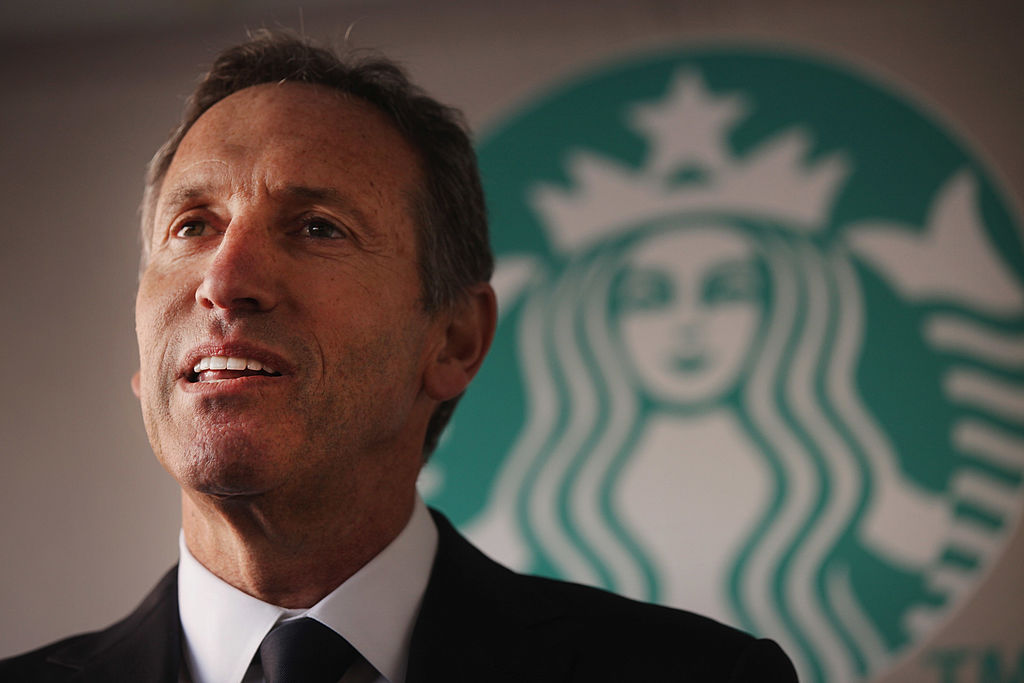
It’s only a matter of time before New York gets a storm that brings both high seas and heavy rains.
Is the city ready? trib.al/rNx7JKU
Is the city ready? trib.al/rNx7JKU
Hurricane Ida put an exclamation point on realities that New York was already grappling with.
Like other parts of the world, the city is confronting more than calamitous extreme events. It’s the drip, drip of “the chronic worsening of average conditions”
trib.al/JgcjfKN
Like other parts of the world, the city is confronting more than calamitous extreme events. It’s the drip, drip of “the chronic worsening of average conditions”
trib.al/JgcjfKN

The NYC Stormwater Resiliency Plan says that weatherwise, the scale of everything has changed.
The city’s current infrastructure — its roads, subway tunnels, sewer systems, storm drains — isn't built to withstand the climate-related ravages to come trib.al/JgcjfKN
The city’s current infrastructure — its roads, subway tunnels, sewer systems, storm drains — isn't built to withstand the climate-related ravages to come trib.al/JgcjfKN

New York City’s sewage system is geared to handle about 1.75 inches of rain per hour.
On Sept. 1, between 8:51 and 9:51 p.m., Hurricane Ida brought down 3.15 inches in Central Park trib.al/JgcjfKN
On Sept. 1, between 8:51 and 9:51 p.m., Hurricane Ida brought down 3.15 inches in Central Park trib.al/JgcjfKN

Even on dry days, subterranean New York is soggy, with leaking sewer pipes.
If every storm drain had been clear and every pipe in NYC's sewer system had been free of obstruction on Sept. 1, the city had no way to rid itself of so much water trib.al/JgcjfKN
If every storm drain had been clear and every pipe in NYC's sewer system had been free of obstruction on Sept. 1, the city had no way to rid itself of so much water trib.al/JgcjfKN

By the end of the 21st century, New York City could experience as much as 25% more annual rainfall, according to @NYClimate.
The number of days marked by extreme rain would also markedly increase trib.al/JgcjfKN
The number of days marked by extreme rain would also markedly increase trib.al/JgcjfKN

@NYClimate New York City may not be able to buy its way out of trouble without also changing its ways.
Since the 1960s, the city has spent about $45 billion on sewer infrastructure. Hurricane Ida overwhelmed it in minutes trib.al/JgcjfKN
Since the 1960s, the city has spent about $45 billion on sewer infrastructure. Hurricane Ida overwhelmed it in minutes trib.al/JgcjfKN

@NYClimate Coastal cities, such as Norfolk, Virginia, and Charleston, South Carolina, have been resorting to old maps to understand how to manage the threat of sea rise.
They’ve found that their city flood maps hearken back to filled-in creeks and wetlands trib.al/JgcjfKN
They’ve found that their city flood maps hearken back to filled-in creeks and wetlands trib.al/JgcjfKN

@NYClimate NYC is no different. Manhattan’s waterways once included:
💦66 miles of streams
💦More than 300 springs
💦21 ponds and salt pools
Those waterways didn’t disappear, they were just covered with concrete trib.al/JgcjfKN
💦66 miles of streams
💦More than 300 springs
💦21 ponds and salt pools
Those waterways didn’t disappear, they were just covered with concrete trib.al/JgcjfKN

@NYClimate Understanding where water used to be tells us where it still wants to go.
If Ida transformed the Major Deegan Expressway into water, for example, it’s partly because ancient waterways had been turned into the expressway trib.al/JgcjfKN
If Ida transformed the Major Deegan Expressway into water, for example, it’s partly because ancient waterways had been turned into the expressway trib.al/JgcjfKN

@NYClimate New York has taken small steps in the direction of a more comprehensive approach to water. Landmarks of a future cityscape include features to help absorb rainfall and manage drainage:
🌳Trees
🛣Porous roads
🌸Gardens rather than concrete
🌿Green roofs trib.al/JgcjfKN
🌳Trees
🛣Porous roads
🌸Gardens rather than concrete
🌿Green roofs trib.al/JgcjfKN
• • •
Missing some Tweet in this thread? You can try to
force a refresh















